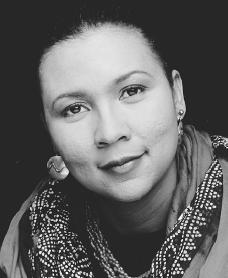Kerka's (2003) presents an overview of the direction that research on intergenerational learning is headed. Unlike before, Kerka suggests that more formal intergenerational programs have developed whose main purpose as opposed to informal/organic intergenerational networks. Kerka explores the relationship between social capital and intergenerational relationships by seeking to answer the question: how doe intergenerational programs contribute to learning and the development of social capital. Kerka stresses that social capital is important because it requires the transmission of social and cultural norms as well the ability to develop relationships with those throughout society (2003). Social capital becomes even more significant in a world that minimizes the importance of the "mutual acceptance of obligations, exchange of ideas and information, and action for the common good" (Kerka, 2003, p. 3). Therefore, intergenerational knowledge relationships are central to developing and maintaining social capital.
Kerka (2003) briefly explains the three types of intergenerational learning. These types are as follows: programs that require that children and older youth serve those older than them, programs that require that adults serve and teach children and older youth, and programs that are based on a collaborative relationship between children, older youth, and older adults (2003). Kerka points out that these programs are usually based on a relationship between two generations, and when multiple generations were included it became difficult to work together at first due to mistrust and dissatisfaction (2003). Kerka provides actual examples of the three main types of intergenerational programs, and from these examples is able to establish the four characteristics of effective intergenerational programs. Specifically, effective programs should be "intentional, reciprocal, sustained, and asset or strength-based;" should "provide training for young and old to prepare them for participation;" "involve the targeted age groups in the planning;" and finally, should "use the strengths of one generation to meet the needs of the other" (p. 6).
Reflection:
The work of Kerka (2003) provides an overview that will be useful when researching formal and informal intergenerational learning spaces. However, it is important to point out that what Kerka, and other researchers, deem as effective intergenerational programs can be modified. For example, in many of the informal networks I am part of, the learning that takes place is often organic, and not necessarily intentional. Likewise, the strengths of all generations should be employed to meet the needs of the collective. Besides this, Kerka's work is useful for creating general guidelines in identifying intergenerational networks in Detroit's hip-hop community.
Kerka, S. (2003). Intergenerational learning and social capital. ERIC Digest, Retrieved from www.eric.ed.gov

